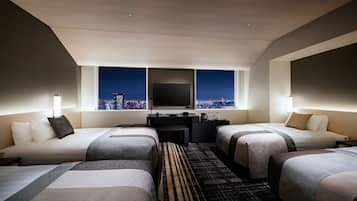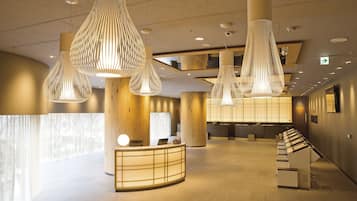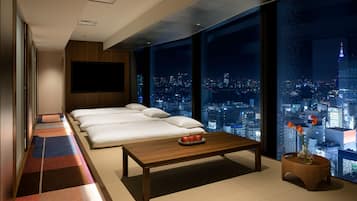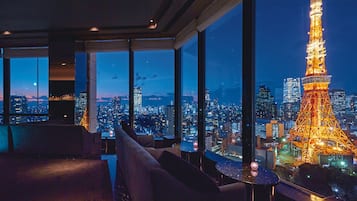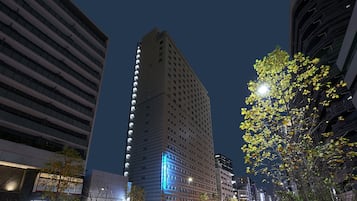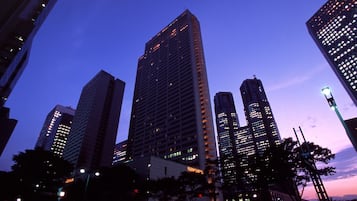Nikko National Park is where you can spend some peaceful and soothing time in nature’s lap – it is home to shrines and temples that quaintly lie on the Honshu Island’s mountains in the Tochigi prefecture. With spectacular mountainous backgrounds, scintillating waterfalls, and amazing hot springs, the Nikko temple complex abounds in natural charm – it provides a feast of surprises to devotees, nature enthusiasts, and cultural as well as history buffs.
Nikko’s 2 Shinto shrines (Toshogu and Futarasan) and a Buddhist temple (Rinnoji) are set against breathtaking surroundings and have long been revered as sacred sites. Its sanctity amid 3 holy mountains of the region such as Mt. Nantai, Mt. Taro and Mt. Nyoho, in addition to its well-preserved architectural marvels, fetched the temple complex of Nikko a place among the list of UNESCO World Heritage Sites in 1999. Further, among 103 buildings within the temple grounds, 9 are categorized as National Treasures and more than 90 as Important Cultural Properties.
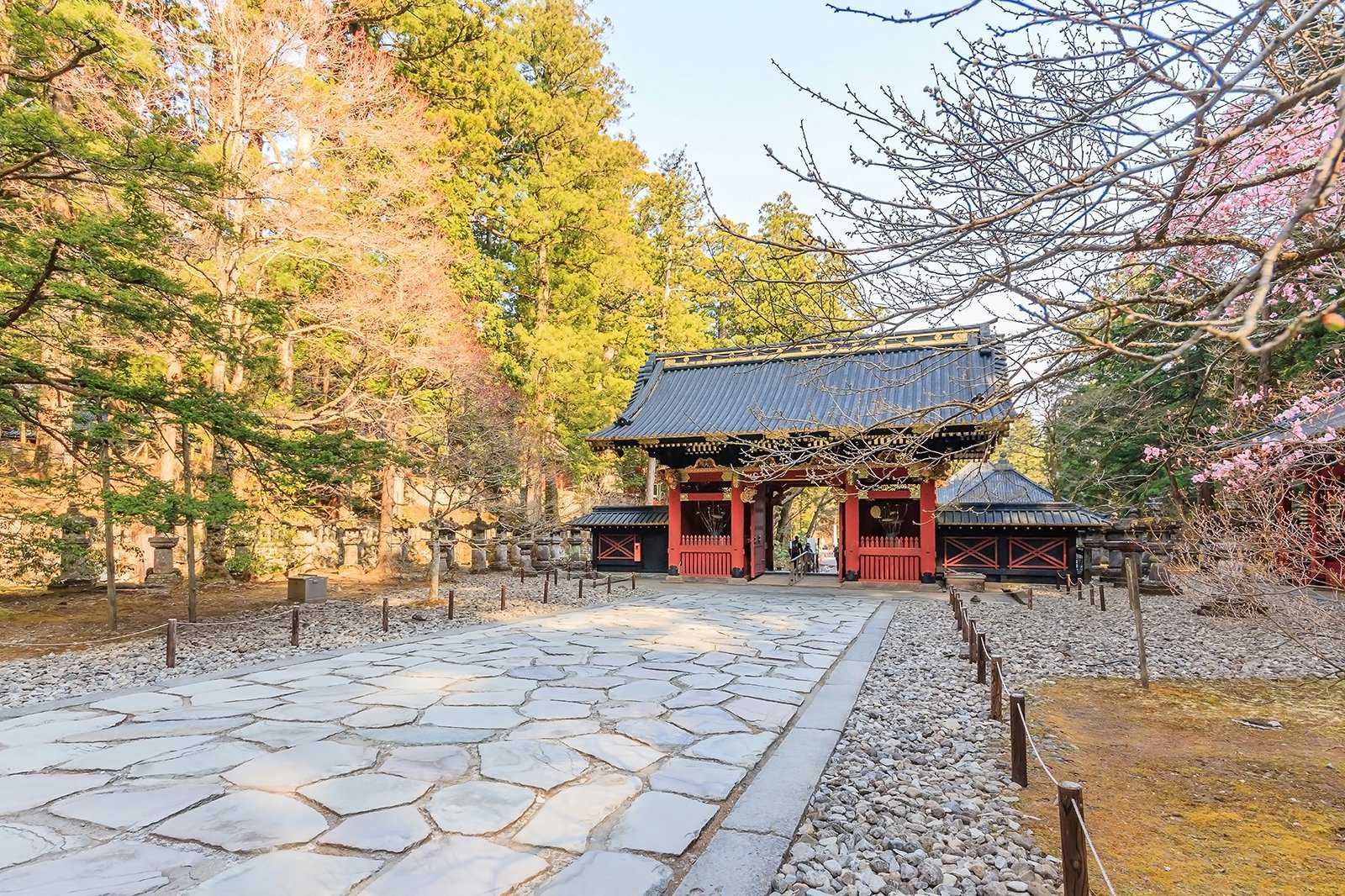
History of the Shrines and Temples of Nikko
The Shrines and Temples of Nikko date back to the 18th century when Shodo Shonin – a Buddhist monk – succeeded in reaching the summit of Mt. Nantai and built a structure on its slope. Since then, it has been considered a sacred spot. Under the patronage of the Kamakura Shogunate, Nikko flourished and became the most significant place of worship in the Kanto region during the 12th century.
An important milestone in the history of the temple complex was the erection of Toshogu Shrine to bury and enshrine the tomb of Tokugawa Ieyasu (the founder of Tokugawa Shogunate), as per his will, in 1617. Around 19 years later, the Toshogu Shrine underwent large-scale renovations following the order of Iemitsu Tokugawa – the grandson of Ieyasu.
It then became an opulent work of art and most of the structures now seen within the Toshogu Shrine were built during this period. In fact, the Toshogu Shrine now stands as a proud representation of the glory and supremacy of the Tokugawa family that was in reign for more than 250 years. Later, the Tokugawa government also contributed to the construction of Futarasan Shrine and Rinnoji Temple.
During the latter part of the 19th century, the Meiji government took steps to divide the temple precincts into 3 sections. As such, they were handed over to separate religious groups: Toshogu Shrine and Futarasan Shrine to the Shinto sect and Rinnoji to the Buddhist sect.

Highlights and Features of the Shrines and Temples of Nikko
The Nikko temple complex largely reflects the architectural stylings of the Edo period. According to the Shinto cult, nature is consecrated and is considered an object of reverence. To this end, Nikko’s shrines and temples – including Toshogu Shrine, Futarasan Shrine and Rinnoji Temple – serve as a perfect example of a traditional Japanese devout centre that pleasingly fits into its natural setting. A forest filled with an outstanding 17th-century Japanese cedar plantation adds to the charm and sacredness of the temple complex.
Built using the most advanced technique of the time, Toshogu Shrine has to its credit a multitude of outstanding buildings, gates and lanterns, apart from an elegant 5-story pagoda. Also known as Higurashi-mon, the double-layered Yomei-mon Gate deserves a special note with its more than 500 astonishing carvings.
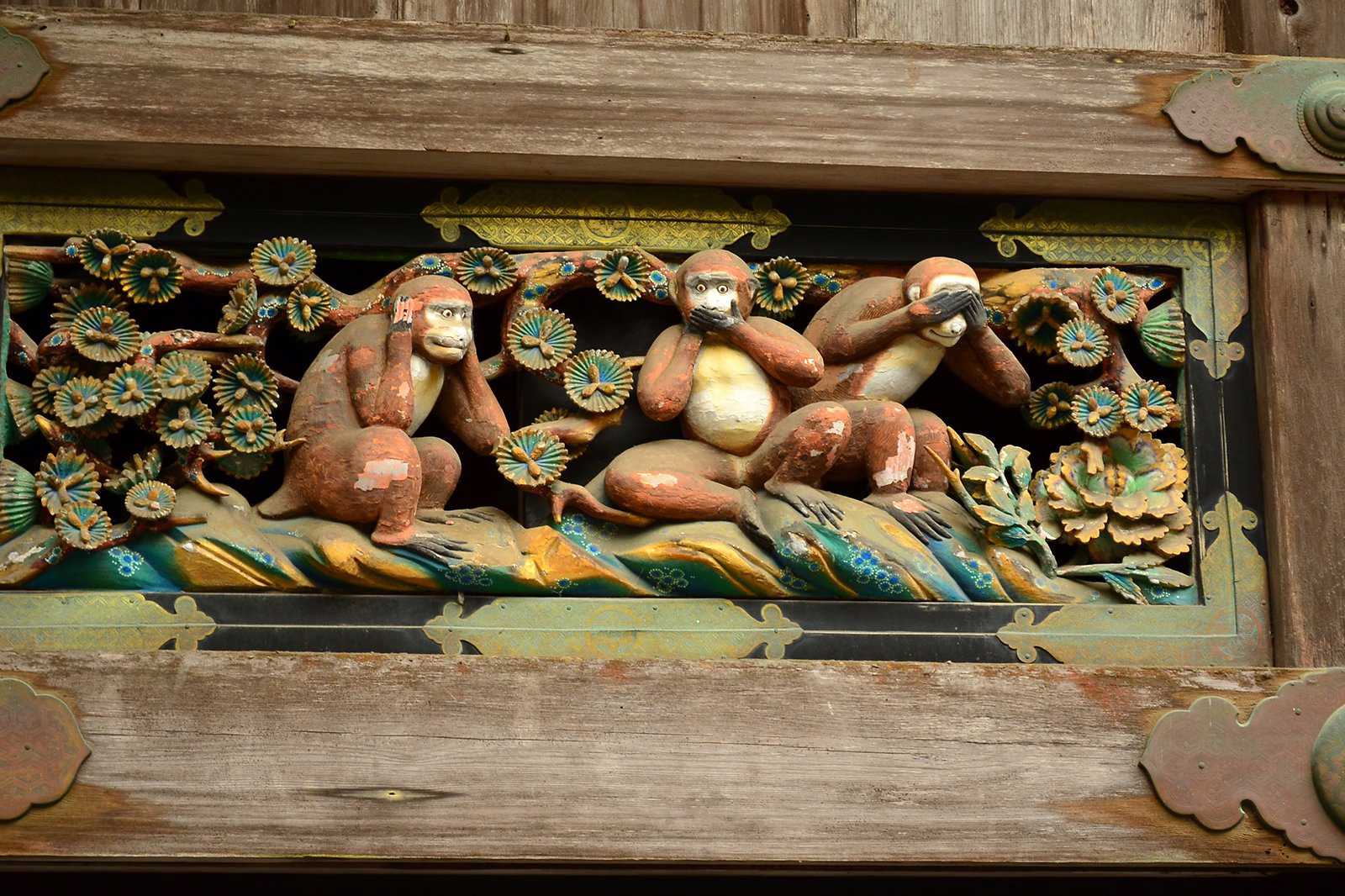
Equally worth mentioning are highlights like Karamon Gate. The gate has sculptures that depict the legend of The Seven Sages of the Bamboo Grove, with the Three Wise Monkeys sculpted on the Shinyosha that elucidates the famous saying, ‘hear no evil, see no evil, speak no evil’. The 220-meter-long corridor has graceful sculptures with translucent carvings.
Sprawling over 3,500 hectares that comprise Nikko Mountain Range and Kegon Falls, the Futarasan shrine is devoted to 3 deities: Okuninushi, Ajisukitakahikone and Tagorihime. At Futarasan shrine’s precincts, you’ll come across a variety of interesting highlights: The Ghost Lantern in which flames shift in a strange way, Spiritual Fountain of Futara which is known to cure eye diseases, and more than 100 swords and Shinkyo (sacred bridges) that only Shoguns could use.
Also referred to as Nikko-san, Rinnoji Temple was built by Shodo during the 8th century. It consists of 15 historical buildings, including the Sanbutsudo main hall where the images of Senju Kannon, Bato Kannon and Amida Nyorai are enshrined, and Taiyuin, the tomb of Tokugawa Iemitsu built in typical Edo-period architectural style.
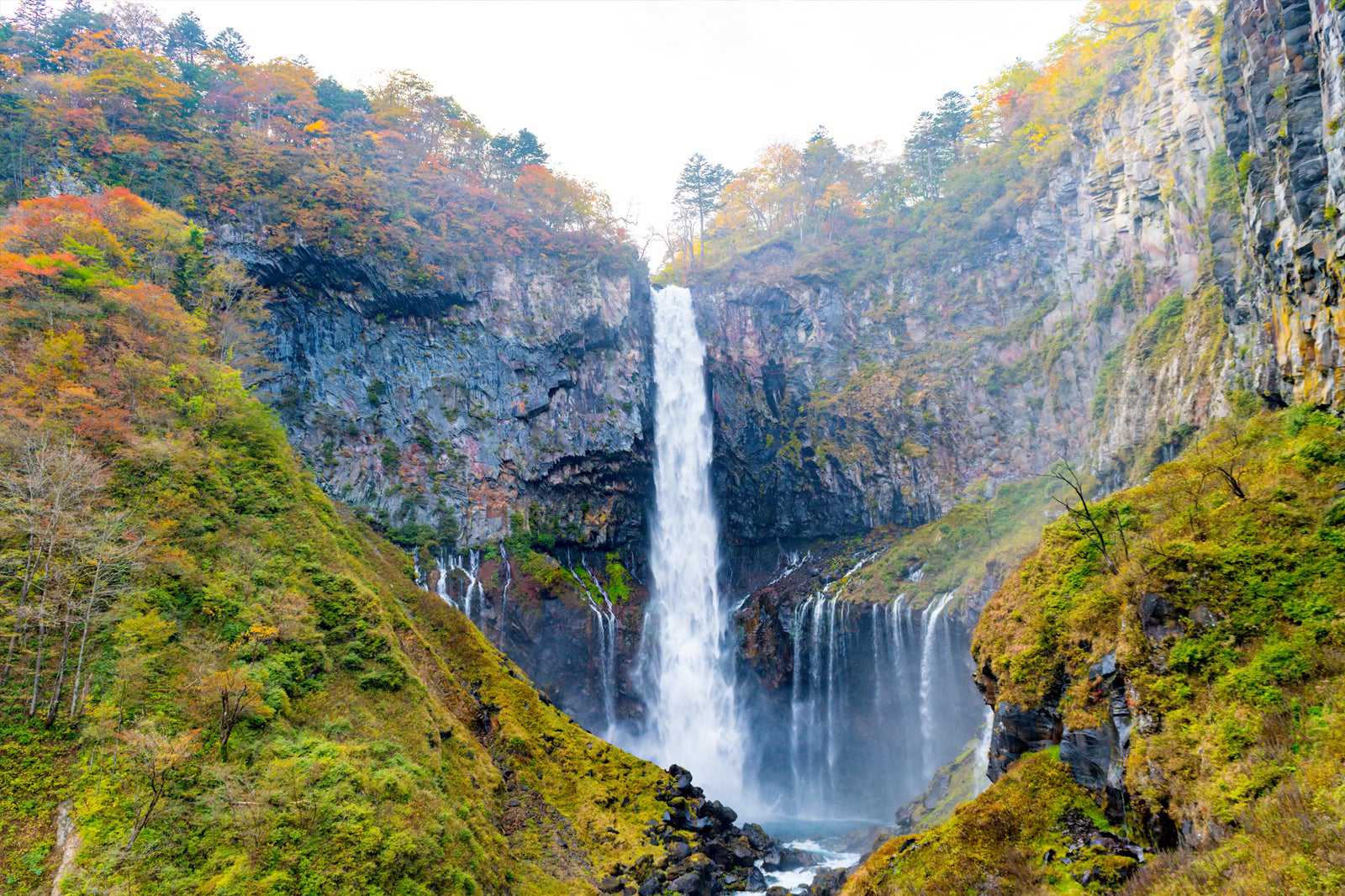
Nikko National Park
Konum: Yumoto, Nikko, Tochigi Prefecture 321-1662, Japan
Açık olduğu saatler: Daily from 8am to 4pm
Telefon: +81 288-62-2321




